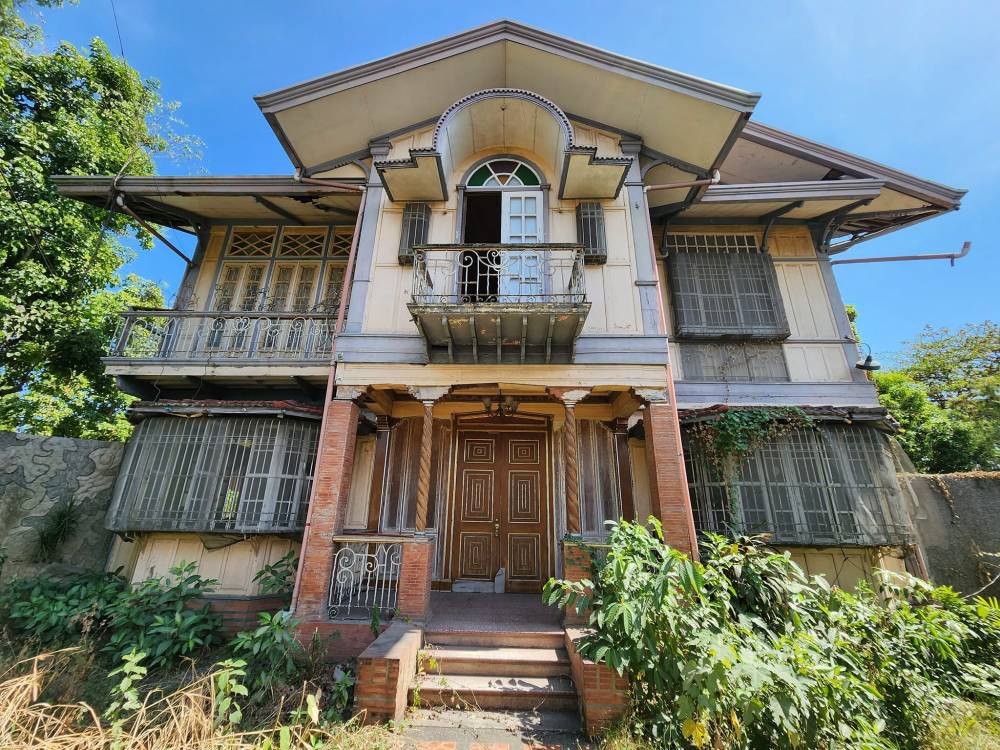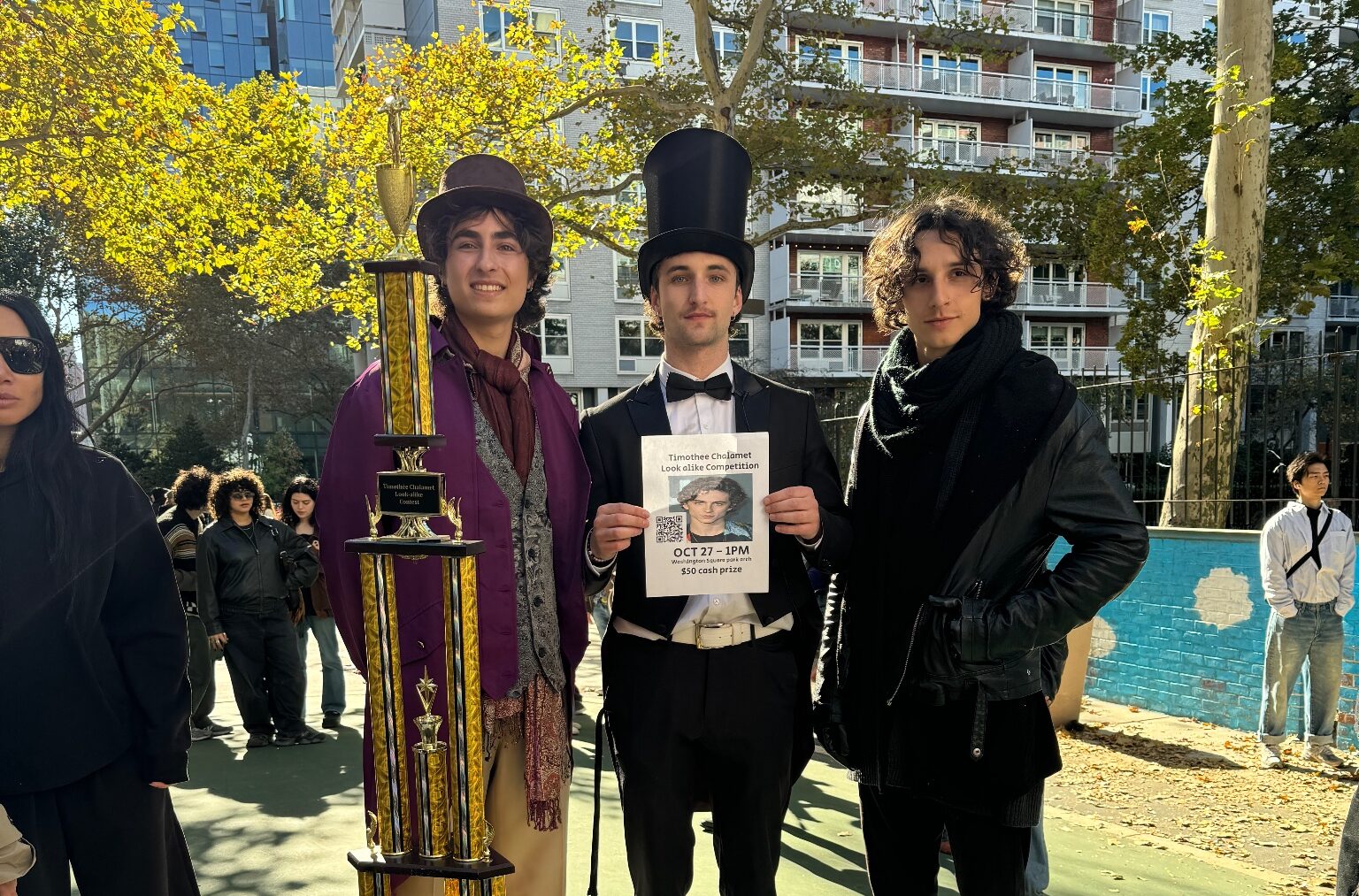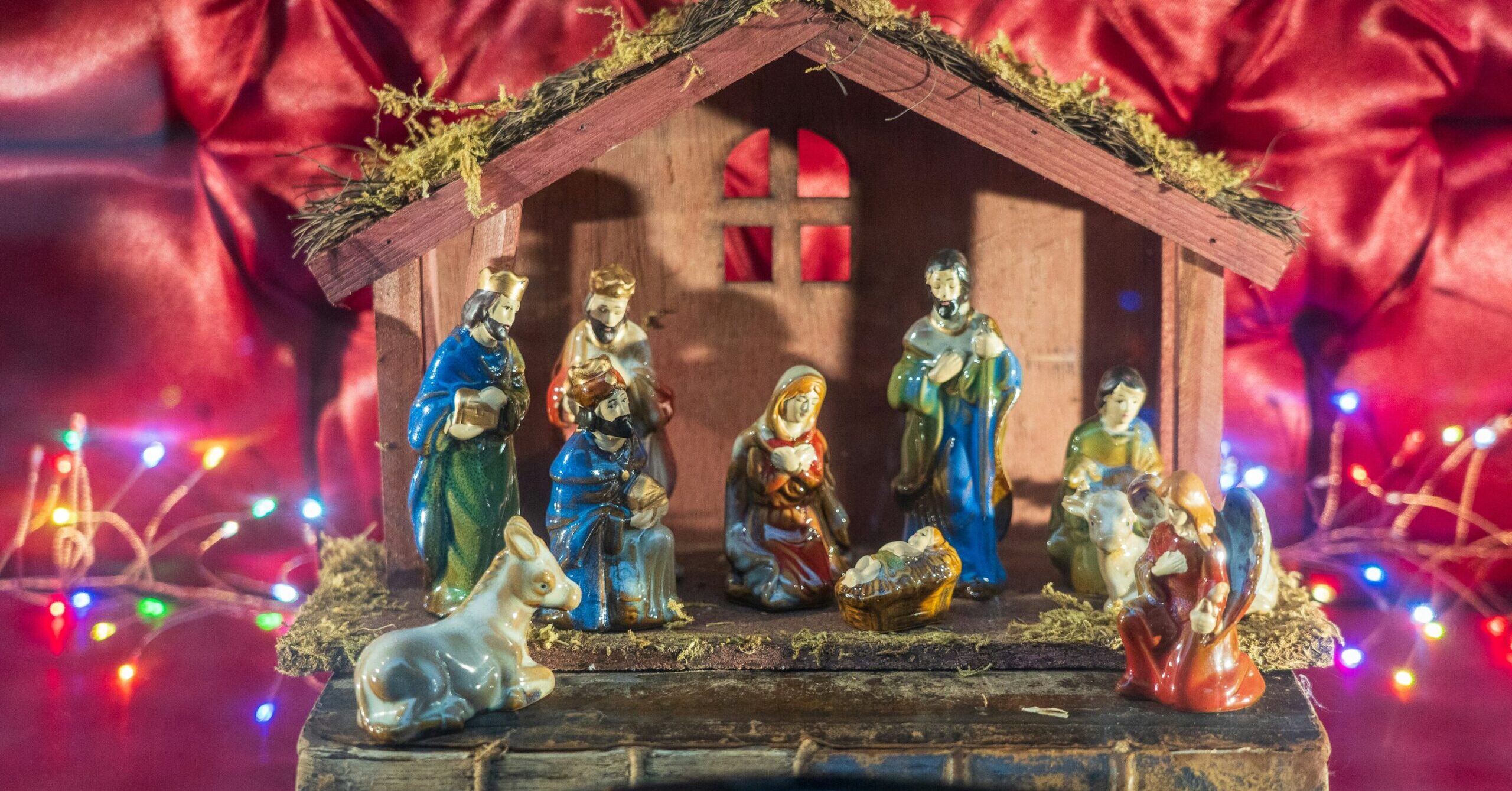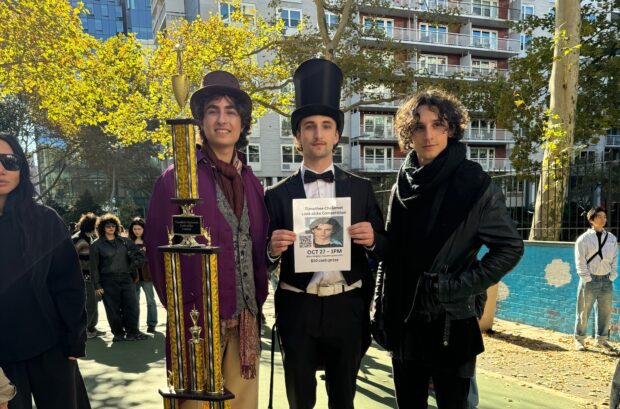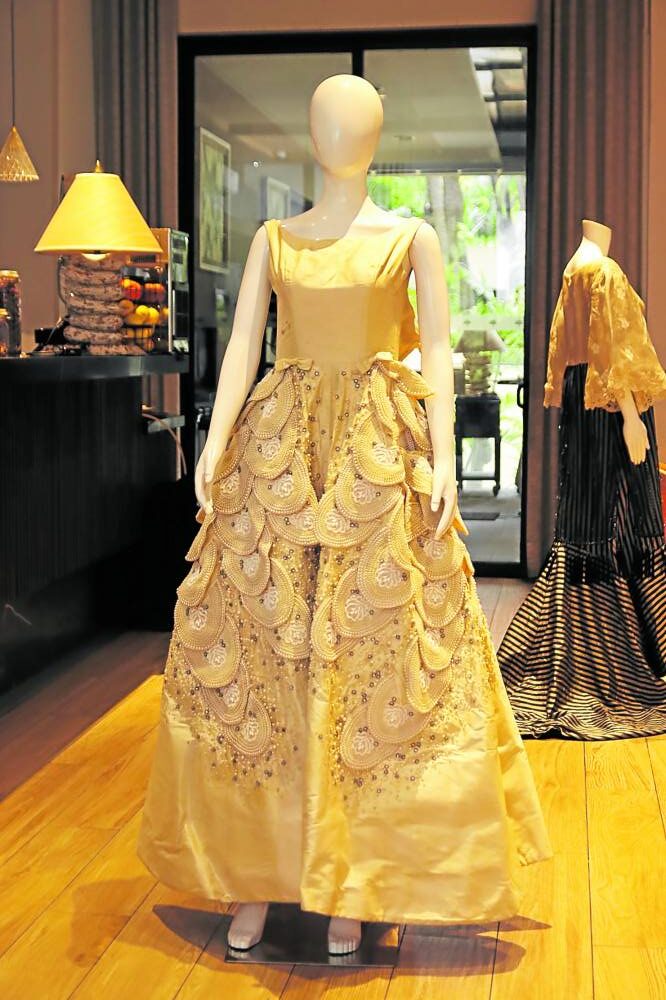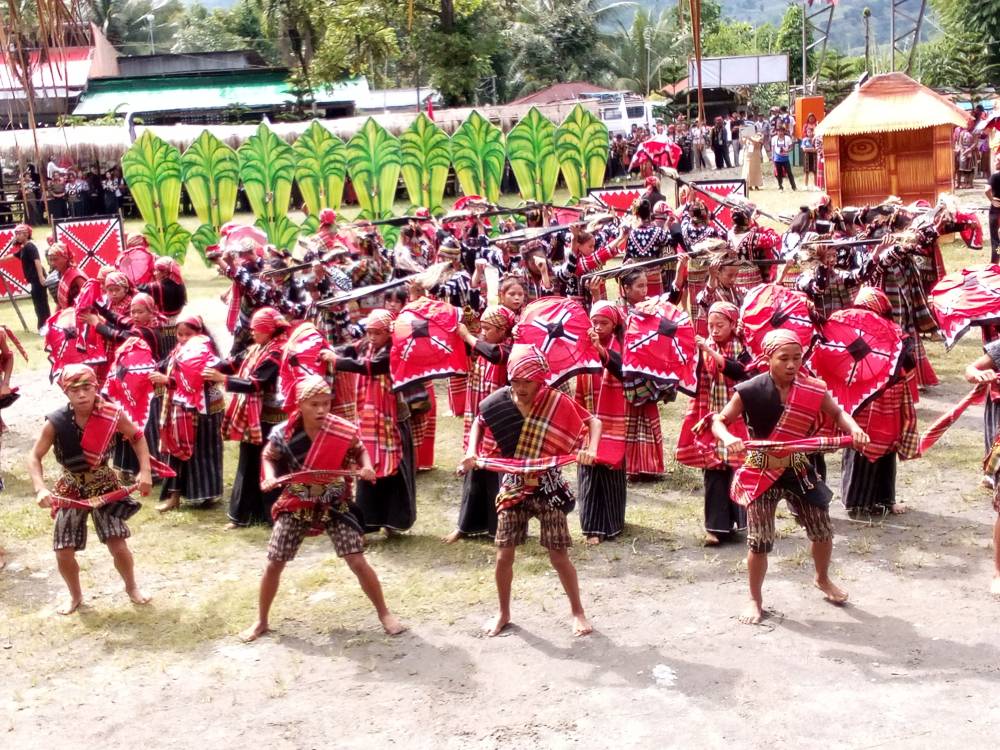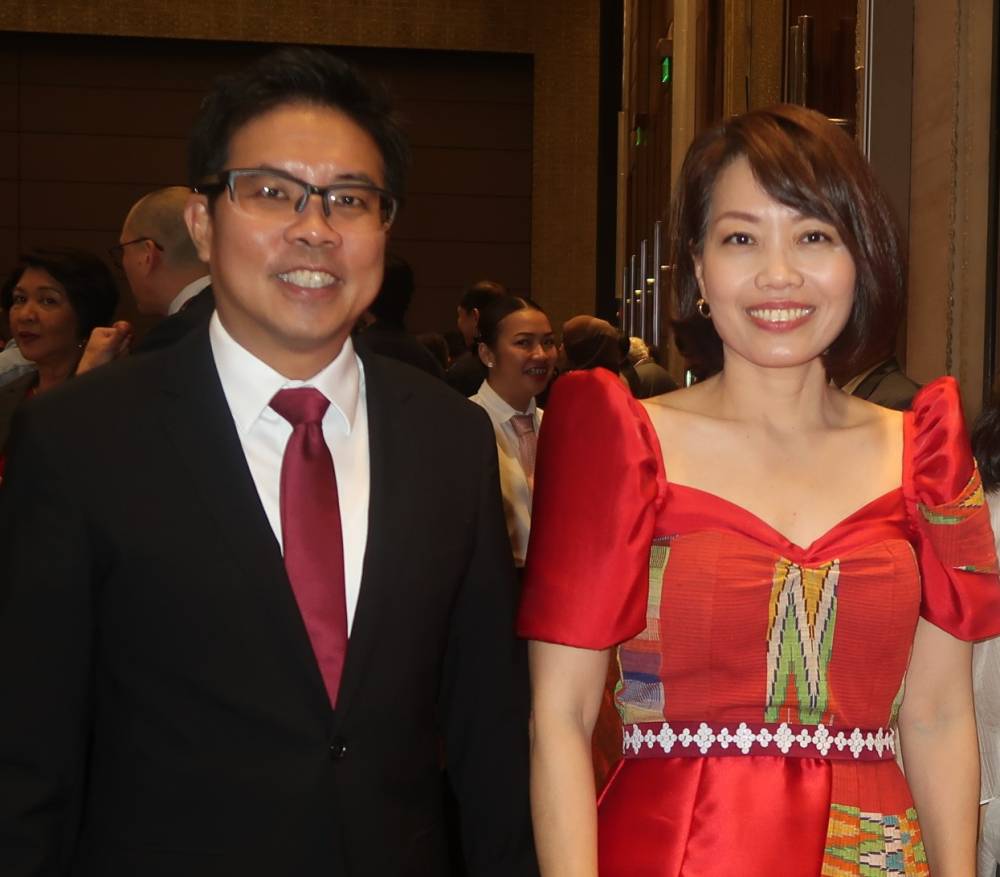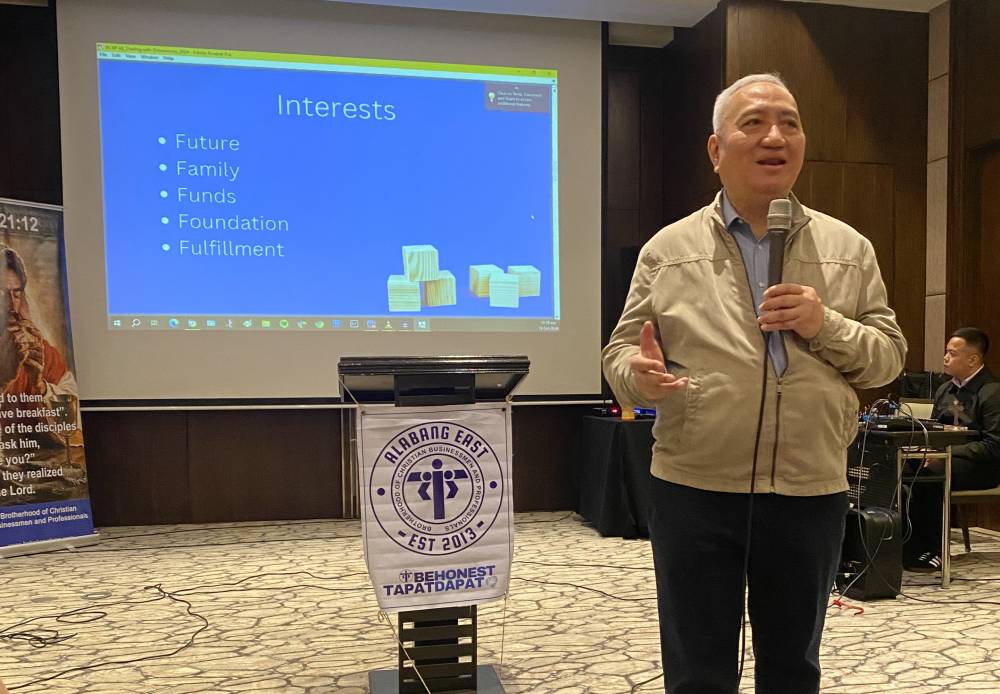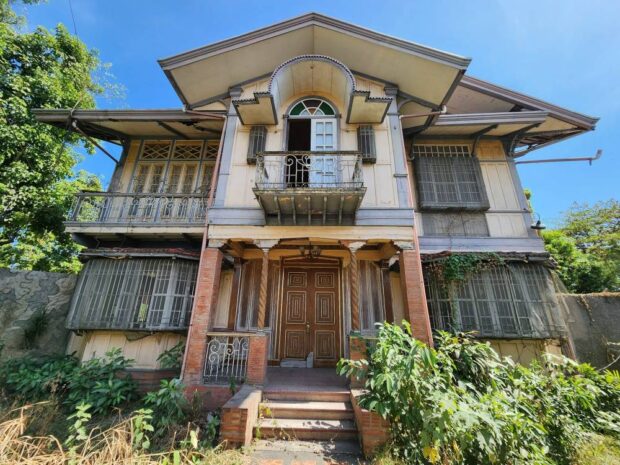
Borrowing from the tagline of a famed Filipino restaurant, it was the house that balibuntal built.
The Mariano Eugenio heritage house in Baliwag, Bulacan, has recently been demolished following the death of its last occupant last year and its consequent sale to an unnamed businessman.
The two-story wooden house, which had Art Deco elements, was built sometime in the late 1920s to 1930s by businessman Eugenio (1881-1971), who was into agriculture and the production of the balibuntal hat.
Balibuntal is a portmanteau of Baliwag and buntal to differentiate it from the buntal hats made in Quezon Province.
The house was demolished without the knowledge of the National Commission for Culture and the Arts (NCCA) and despite the National Cultural Heritage Act of 2009, which was amended by Republic Act No. 11961 last year.
Since it was more than 50 years old, it was a presumed important cultural property that was supposed to be protected against damage or demolition.
As such, a petition to lift its presumption of importance should have been filed at the NCCA before any action was taken.
Furthermore, buntal hat-making is listed in the Philippine Registry of Cultural Property, making this intangible cultural heritage a Grade III-level cultural property.
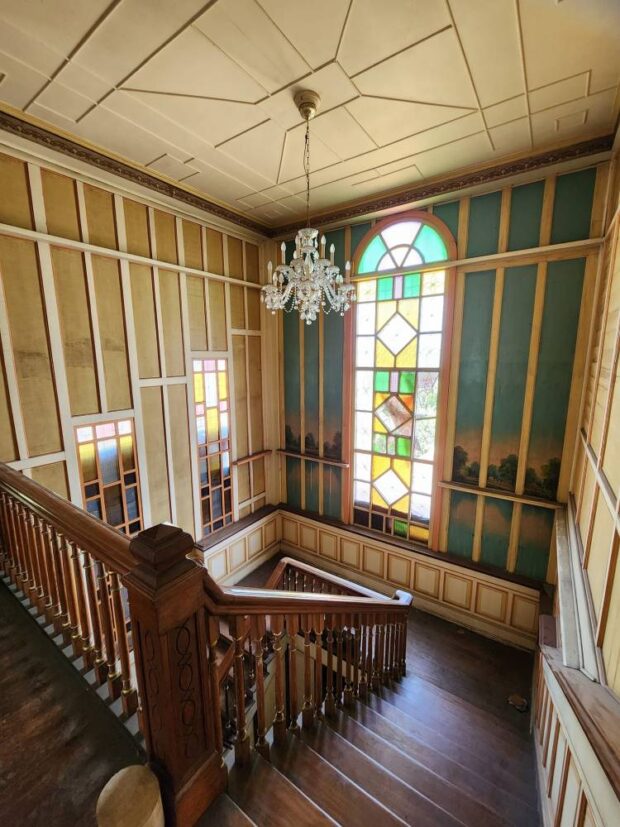
Originator
It was Dolores Maniquis Eugenio, Mariano’s mother, who started the buntal industry in Baliwag around 1909.
The industry was introduced to Baliwag between 1907 and 1909 by Mariano Deveza, the uncle of Juan Racelis, a native of Lucban who would later become mayor of Baliwag.
That time, Baliwag was already producing hats made from bamboo, and Anacleto Chico was one of its major producers.
In the book “Baliwag Then and Now” by Rolando Villacorte, he mentioned that Racelis’ wife’s friend, the Baliwageña Dolores Maniquis, was “fascinated by the sample raw fiber (sic) and experimented with it by softening the strands using a heavy wooden roller” called ilohan.
Also called balihat and known abroad as a Panama hat, these became “great dollar-earning exports during the 1920s,” but sales waned during the latter part of that decade due to competition from the Chinese, who produced their own hats using buntal fibers sourced in Quezon.
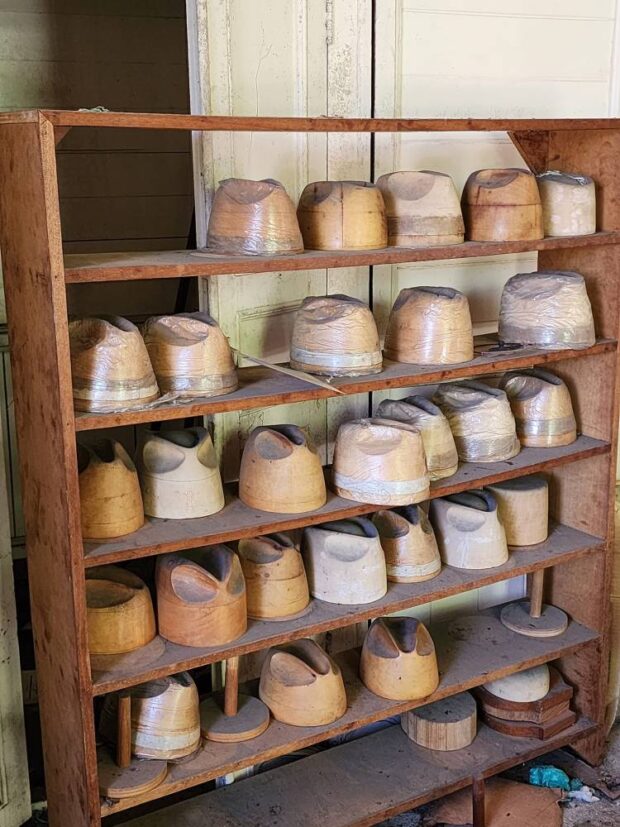
These hats differ from those produced in Quezon in terms of texture and weaving method.
The industry thrived again after World War II through the Balibuntal Straw Hat company of Mariano’s daughter Ester (1902-1989) and her Quezon-native husband Joaquin Villones.
During the postwar years, buntal hats were exported to countries such as Australia, Italy, Mexico and the United States.
In the 1980s, the industry waned due to the smuggling of raw materials produced in Quezon, mainly to China.
Since Baliwag was dependent on Quezon for the buntal fiber, its buntal industry suffered. Today, it is a dying craft and industry.
No statements
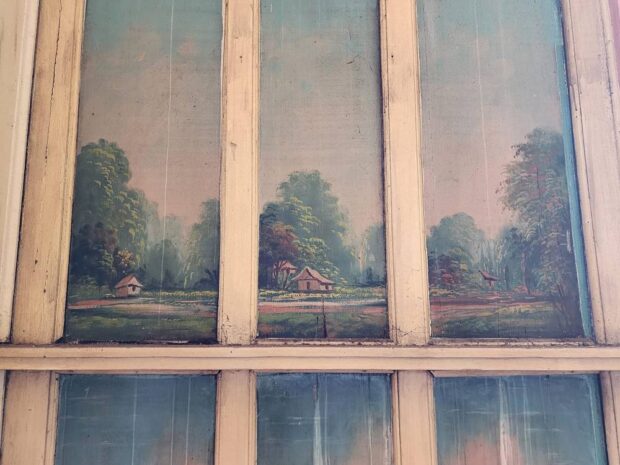
It is not clear if a demolition permit was issued by the local government as there were no posters in the vicinity of the house when it was being demolished in early June.
The Baliwag local government has not issued any statements on the demolition of the house or the issuance of a demolition permit.
Inquirer Lifestyle also sent an inquiry to the local government on its programs and actions to prevent similar incidences in the future, but it has yet to respond.
The house was one of the most intact American-era abodes in Baliwag, a town which used to have many Spanish- and American-period houses.
Pedrito Cabingao of the Pangkat Saliksik sa Kasaysayan ng Bayan said the house had an interesting architecture with a surprising interior marked by colorful walls, painted second-floor wood frames, a fine staircase and a stairwell with a stained glass window and walls painted with bucolic rural scenes, among other features.
Cabingao, popularly known in the town (now city) as Batang Baliwag, added that the house is unparalleled compared to other existing local heritage houses, and was built to last in terms of materials used.
As with other heritage structures, a consultation with different stakeholders should have been done to at least save the house, he said. Its demolition came as a surprise, he added.
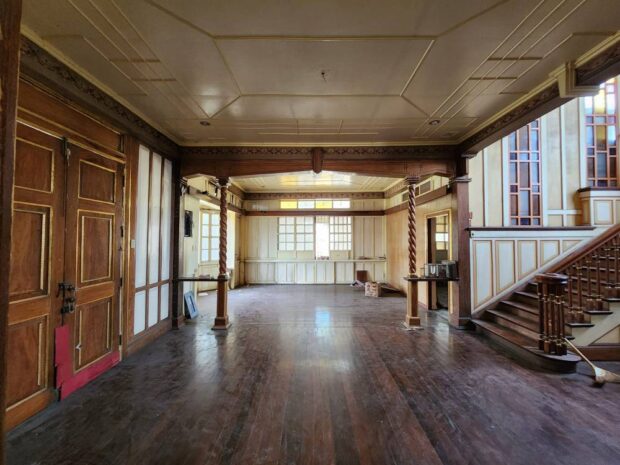
City ordinance
Sources told Lifestyle that the house will allegedly be reconstructed either in Bulacan, Pampanga, or Bataan since floor and post markings were done prior to demolition.
The hulmahan (hat shapers) stored inside the house were also saved, but the iluhan used to press the buntal fiber remains inside the property.
Cabingao said Baliwag, which became a city in December 2022, should pass an ordinance to protect its remaining cultural patrimony.
The ordinance could give tax exemption to heritage owners, just like what has been done in the cities of Angeles and San Fernando in Pampanga, Iloilo City and Silay City in Negros Occidental.
In the past five years, more than 10 old houses were demolished in Baliwag, apart from the two bahay na bato previously bought by businessman and now human settlements secretary Jose Rizalino “Jerry” Acuzar, which were reconstructed at his heritage resort in Bagac, Bataan.
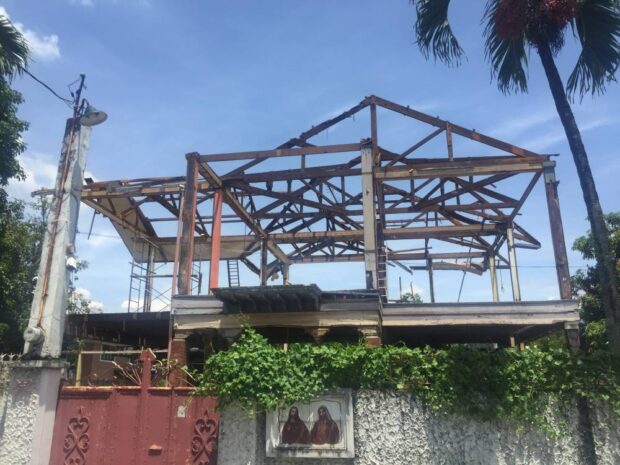
Recent demolitions in the city include the 19th-century Doña Ana Ponce house in Barangay Concepcion in 2019; an American-era wooden house in Barangay San Jose in 2020, which was saved and reconstructed in neighboring Pulilan as the Museo Pulong Kabyawan; the 1920s Alfredo de Leon house in Barangay Sabang in 2023; and the American-era Vicente Sauco heritage house in Barangay Subic, also in 2023.
Sauco was a local revolutionary during the Philippine revolution against Spain. His son Teofilo became governor of Bulacan while another son, Peregrino, became a mayor of Baliwag.
The other demolished houses date from the postwar years and were located in different parts of the city.
However, as a glimmer of hope, two structures have been adaptively reused as restaurants: a 1970s house, now called Calle Jose in Barangay San Jose, and a former rice mill in Barangay Sabang, now called Millhouse. —CONTRIBUTED
Author’s note: The author would like to thank Pedrito Cabingao for additional information used in this article.

